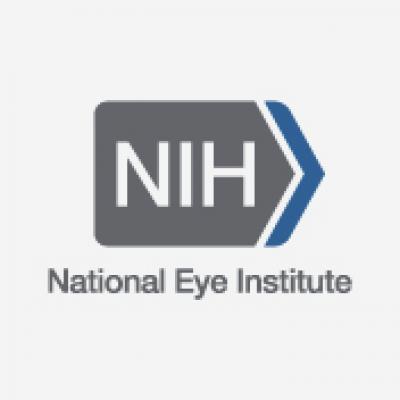For more than 50 years, NEI has been at the cutting edge of vision research and outreach to help the public keep their eyes healthy. Learn about some important milestones in NEI’s history.

Explore an interactive timeline of NEI's history
1968 — Congress establishes NEI
Congress founded NEI to protect and prolong the vision of all Americans. The National Advisory Eye Council (NAEC) met for the first time in April 1969, and continues to work closely with NEI to address the most pressing vision problems in the United States.
Original NEI Mission Statement
As part of the federal government’s National Institutes of Health, the mission of the National Eye Institute is to “conduct and support research, training, health information dissemination, and other programs with respect to blinding eye diseases, visual disorders, mechanisms of visual function, preservation of sight, and the special health problems and requirements of the blind.”
1971 — NEI begins clinical trials on diabetic retinopathy
NEI supported several clinical trials that helped find effective treatments for diabetic retinopathy, including the Diabetic Retinopathy Study (DRS), The Diabetic Retinopathy Vitrectomy Study (DRVS), and the Early Treatment Diabetic Retinopathy Study (ETDRS).
1989 — Congress establishes the National Eye Health Education Program (NEHEP)
Since 1989, NEHEP has been spreading awareness about the need for early diagnosis and treatment of eye diseases and the importance of services for people with low vision.
1990 — NEI conducts Glaucoma Laser Trial (GLT)
An NEI-supported study found that argon laser therapy is a safe and effective treatment for open-angle glaucoma.
1993 — NEI researcher clones protein RPE65
Dr. T. Michael Redmond, of NEI’s Laboratory of Retinal Cell and Molecular Biology, cloned an important protein called RPE65. This protein is key to understanding certain genetic mutations that cause blindness in children.
2001 — NEI conducts Age-Related Eye Disease Study (AREDS)
NEI researchers found that people at high risk of age-related macular degeneration (AMD) can lower their risk of vision loss with high doses of zinc, vitamin C, vitamin E, and beta-carotene.
2008 — NEI conducts Cornea Donor Study (CDS)
NEI researchers found that corneal tissue from donors between ages 66 and 75 worked as well as tissue from younger donors, and that the age limit for cornea donors should be raised to age 75. This study significantly increased the pool of donors for corneal transplants.
2013 — NEI launches the Audacious Goals Initiative (AGI)
The AGI strategically funds research that aims to restore vision by regenerating the retina. The main goal is to regenerate damaged retinal cells and restore their connection to the visual centers in the brain.
2015 — NEI participates in the Partnership for Research on Ebola Virus in Liberia (PREVAIL)
The U.S. Department of Health and Human Services partnered with the Liberian Ministry of Health to study the health of people who have survived the Ebola virus. As part of these efforts, NEI established an eye clinic in Monrovia, Liberia to study eye complications of Ebola.
2017 — NEI launches the 3-D Retina Organoid Challenge
NEI established a competition to build a human retina in a dish. The ultimate goals are to create a realistic blueprint for human retinal development and disease modeling and to build a system to efficiently screen new drugs.
Learn more about NEI's history
Explore this detailed timeline with all the important events in NEI’s history.
See print publications related to NEI’s history:
- NEI: 50 Years of Advances in Vision Research (PDF 6.5 MB)
- History of the Eye Institute: 1968-2000 (PDF 7.3 MB)
Find more information about the National Institutes of Health (NIH):